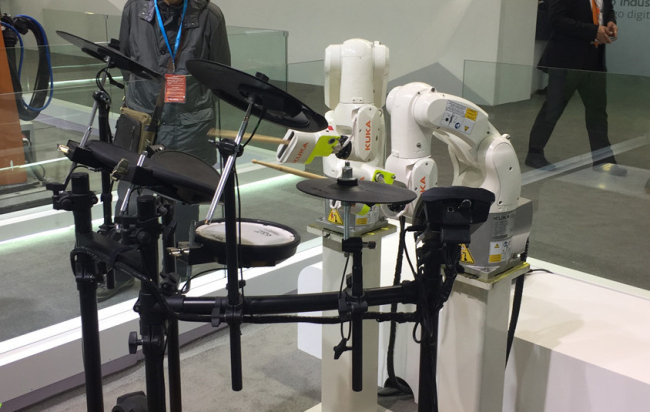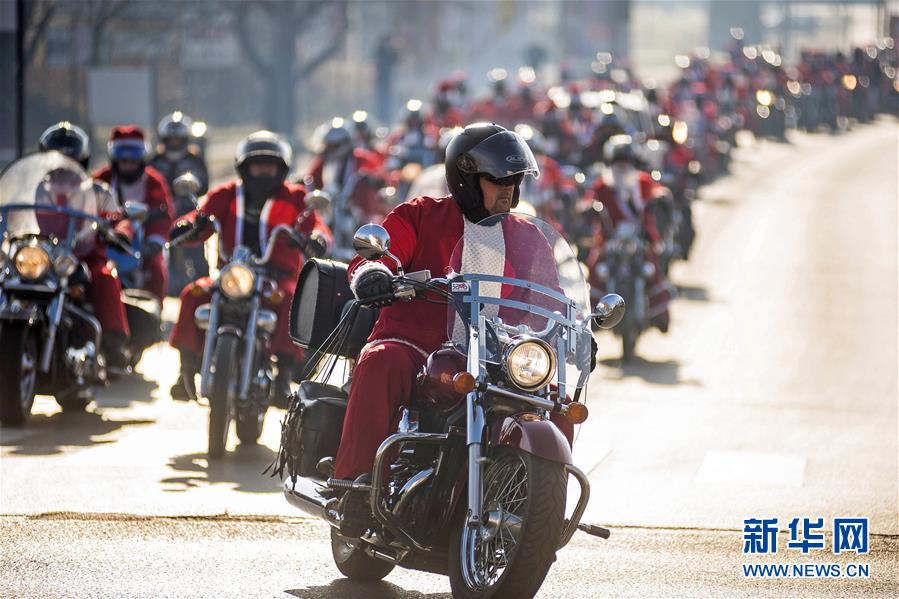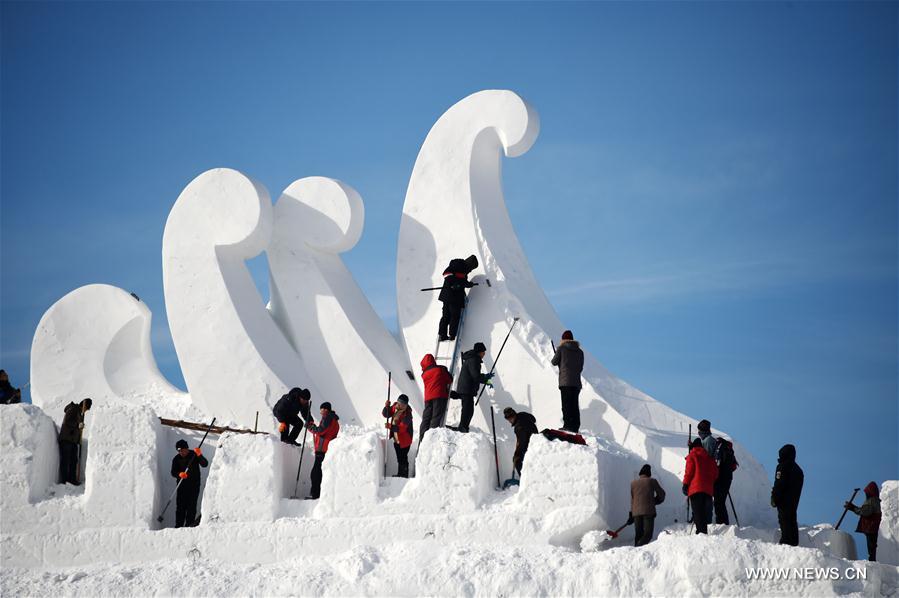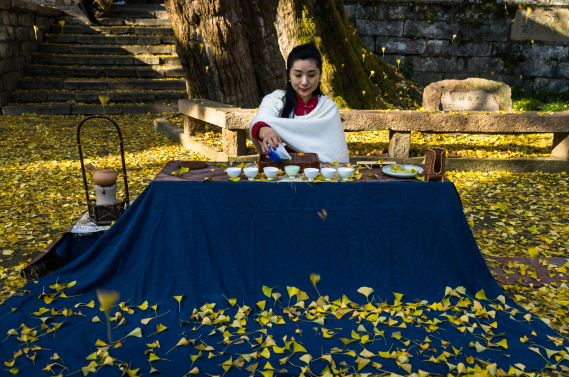A team from the Nanjing Institute of Astronomical Optics & Technology (NIAOT) of the Chinese Academy of Sciences (CAS) has returned to Nanjing after completing the mission to test courses to be used for alpine skiing during the Beijing Winter Olympics.
Alpine skiing, one of the Winter Olympics’ signature competitions, involves competitors skiing down a snow-covered mountain slope as quickly as possible. As skiers can reach speeds of 248 km/h, it’s important to ensure the stable quality of the snow on courses.

Wen Haikun, an associate researcher at the NIAOT, said the surface of alpine skiing course is icy snow and ice crystals should be maintained to reduce the friction at the touch points. In the past, the quality of the course was judged based on experience, but now scientists will turn to specific indicators to evaluate the snow condition.
In 2020, the Antarctica team at the NIAOT participated a key research project of the Ministry of Science and Technology to provide technical support for the Winter Olympics. In cooperation with the Chinese Academy of Meteorological Sciences, the team has developed two special instruments for the quality testing of snow crystals.

The team’s members made several trips to bases in Beijing’s Yanqing District, Zhangjiakou City in Hebei Province, and the Yabuli ski resort in Heilongjiang Province. They did many tests about the size and intensity of snow crystals and finally provided solutions for making the best snow course under different weather conditions.
The technology the team used originated from a research initiative related to the planned observatory close to China’s Kunlun Station on the Antarctic plateau, which studied the bearing capacity of the ground. The two new instruments development for the Winter Olympics will also be used for building the observatory.
Contact us at english@jschina.com.cn




















